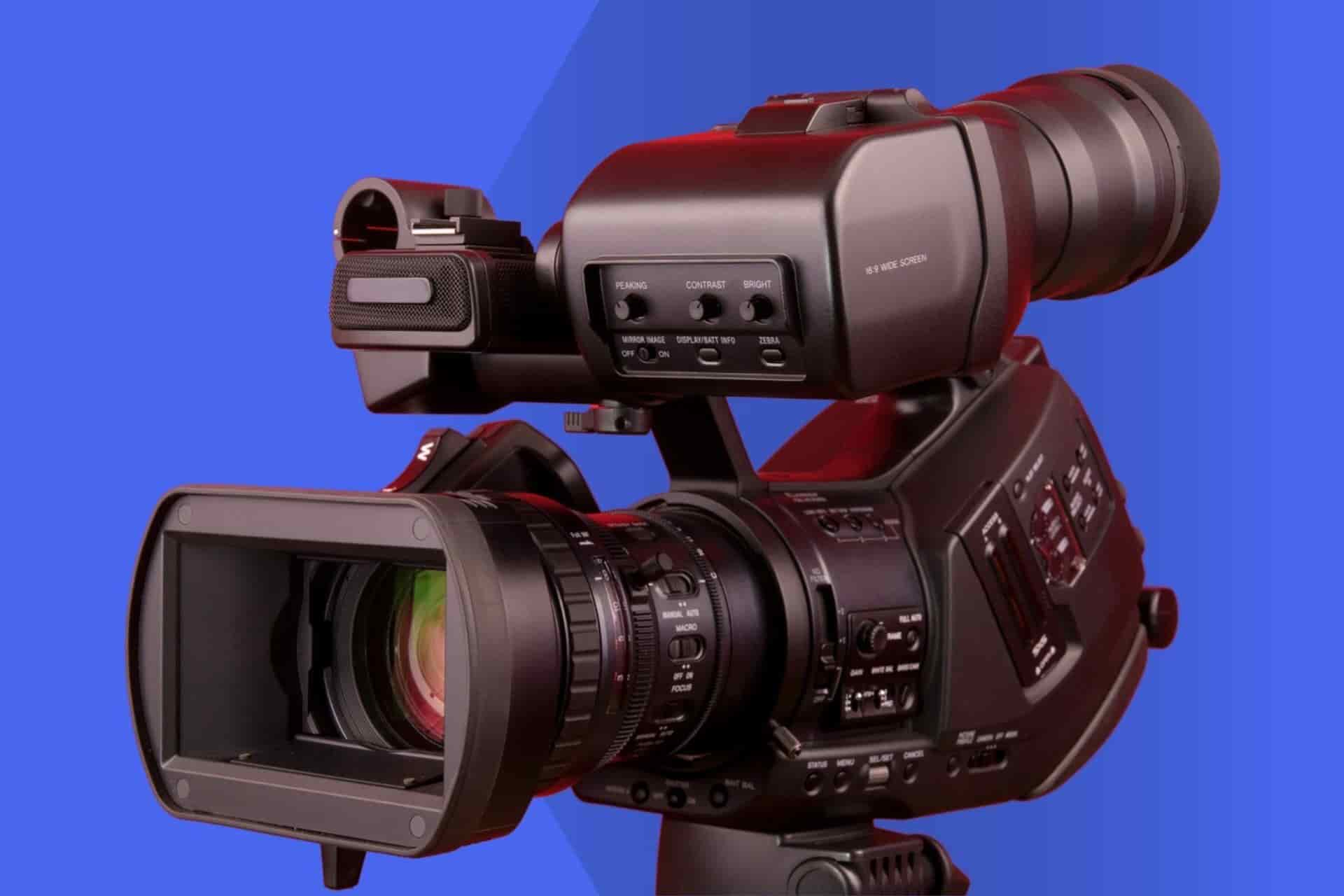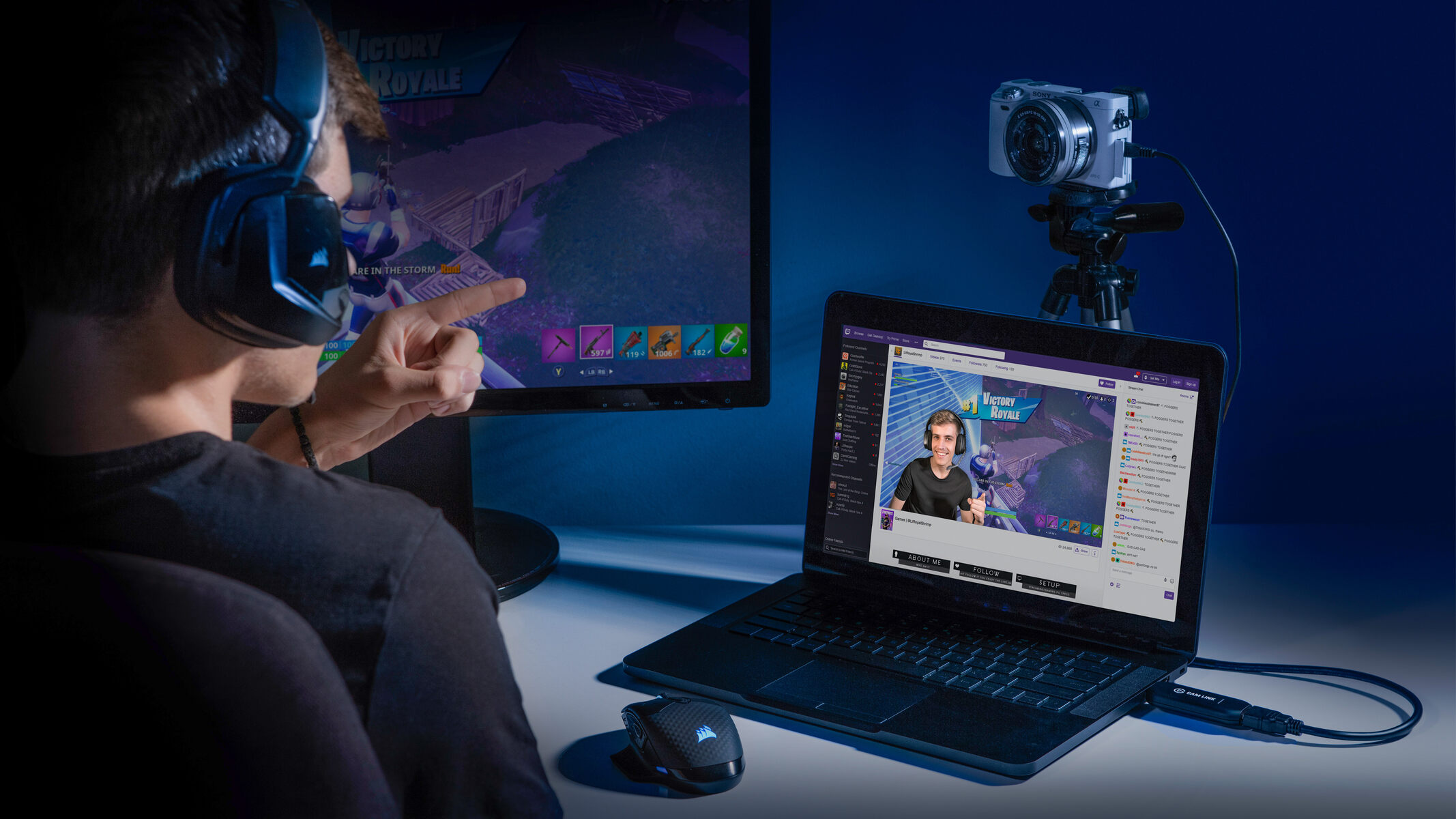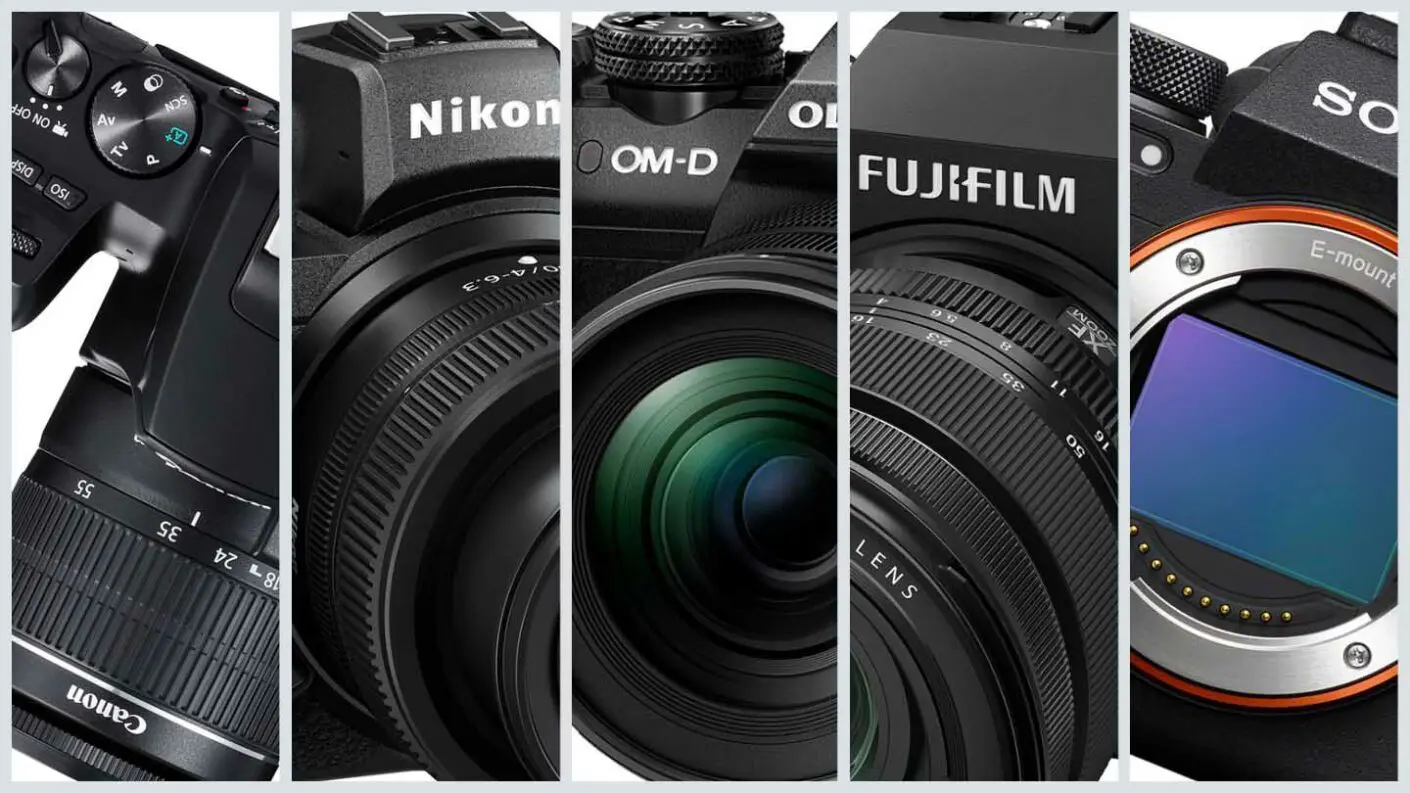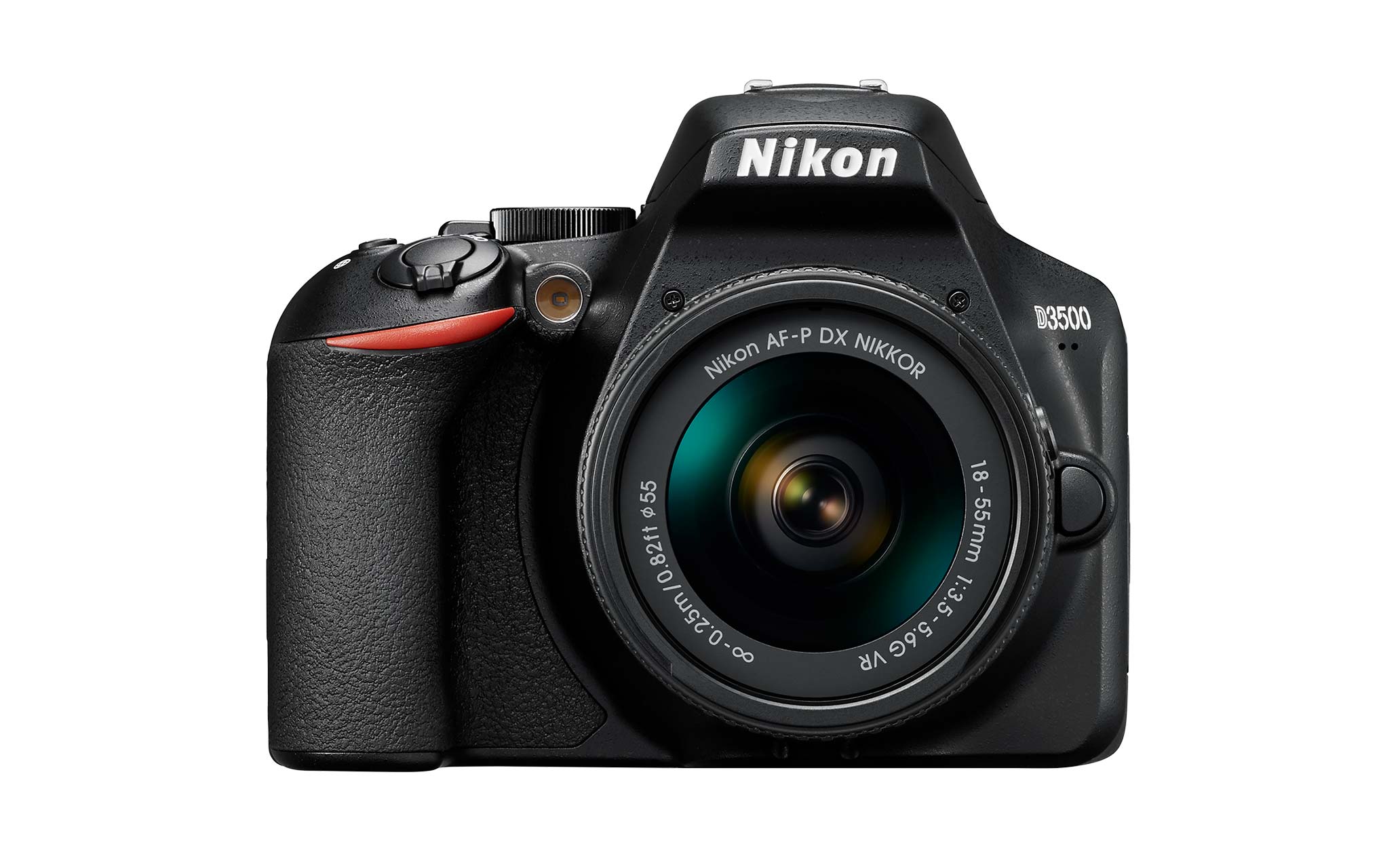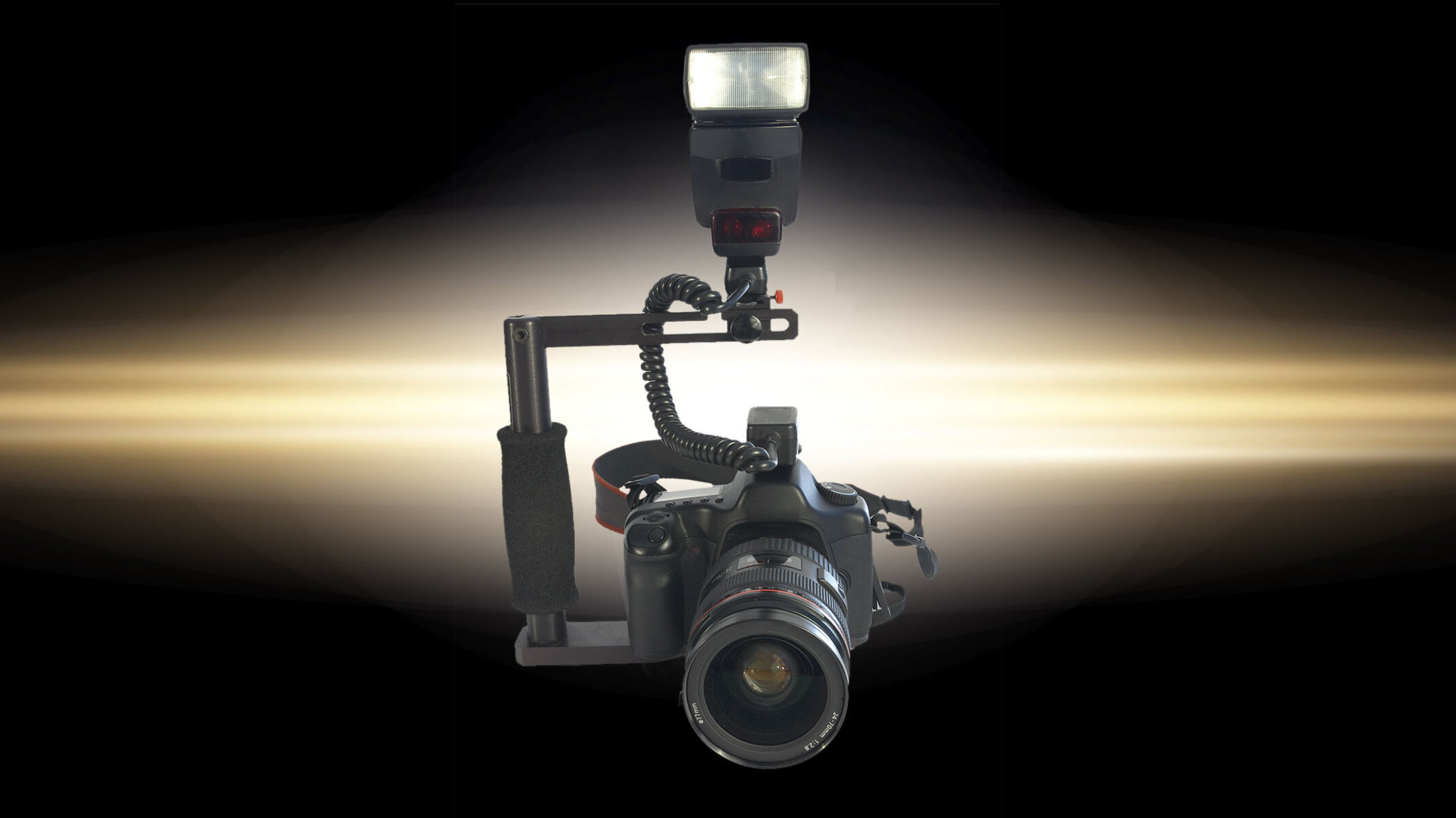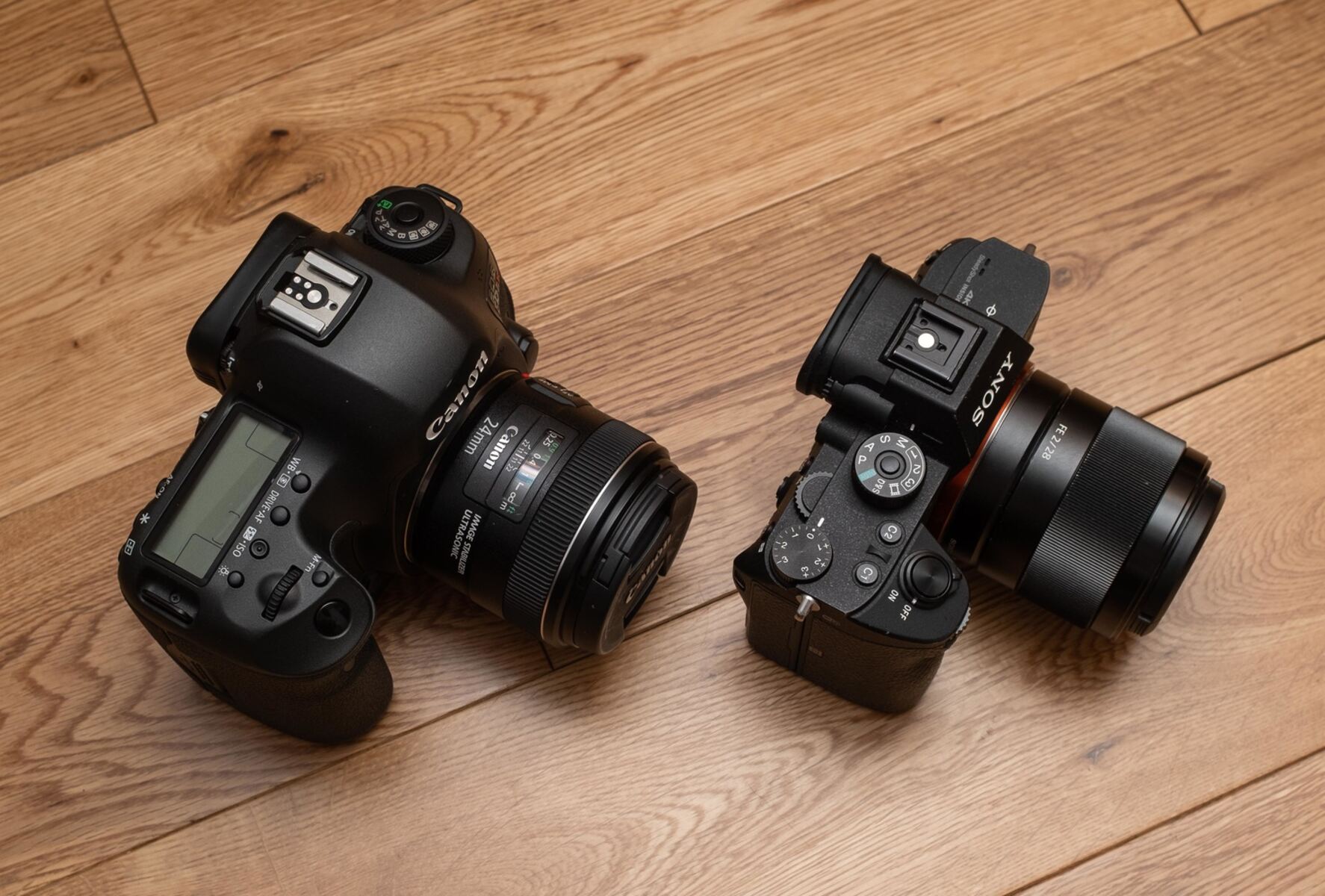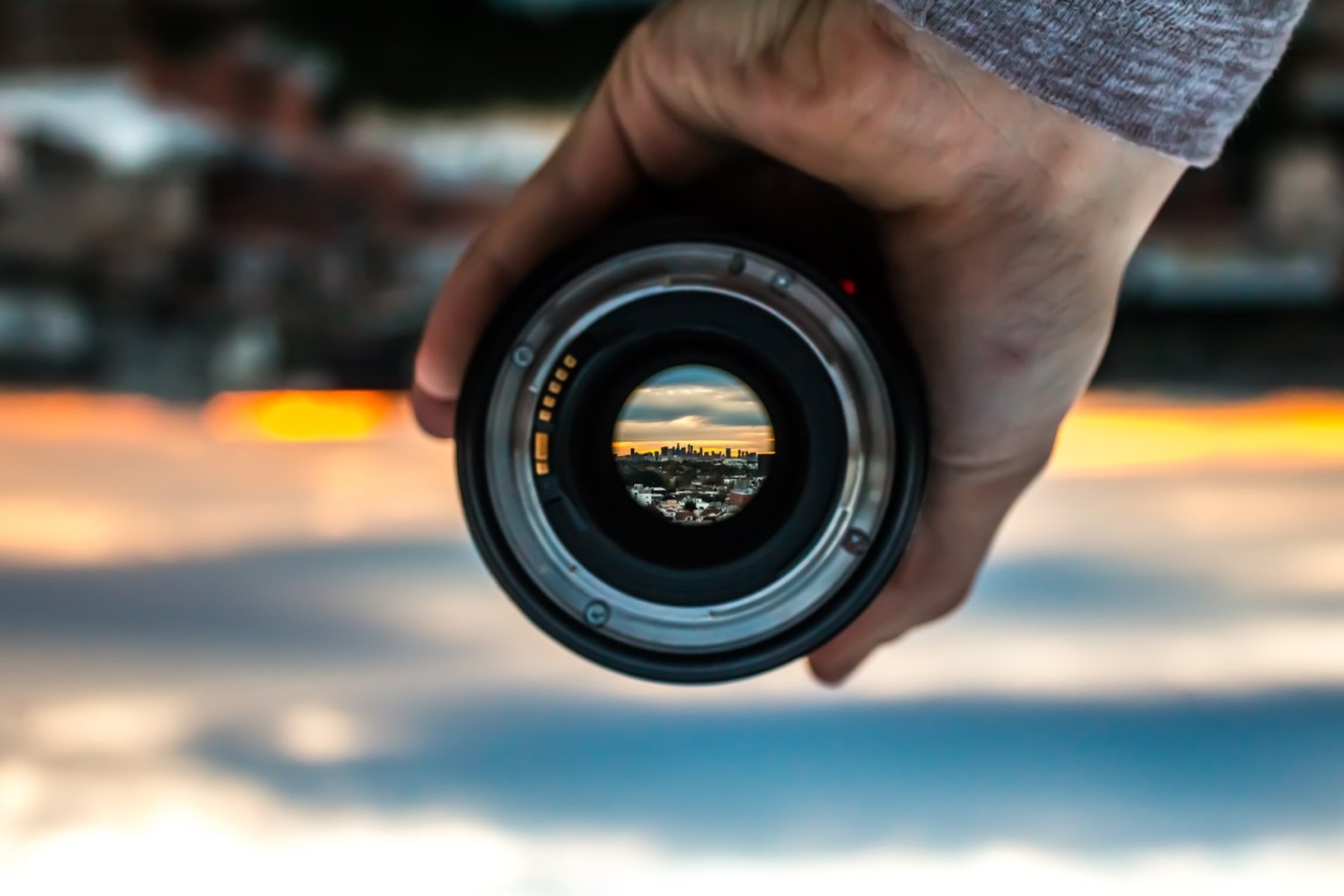Introduction
Streaming has become an integral part of our digital landscape, allowing individuals to connect with audiences in real time through various platforms. Whether you are a content creator, educator, or business professional, the quality of your stream can significantly impact viewer engagement. While webcams are commonly used for streaming, utilizing a mirrorless camera can elevate the production value of your broadcasts. Mirrorless cameras offer superior image quality, interchangeable lenses, and advanced features, making them an excellent choice for streaming high-definition content.
In this guide, we will explore how to harness the power of a mirrorless camera for streaming purposes. From selecting the right camera to optimizing settings and connecting it to your computer, we will cover the essential steps to enhance your streaming setup. Additionally, we will provide valuable tips to help you maximize the potential of your mirrorless camera, empowering you to create professional-looking streams that captivate your audience.
By leveraging the capabilities of a mirrorless camera, you can elevate the visual appeal of your streams, establish a strong professional presence, and stand out in the competitive world of online content creation. Whether you are a budding streamer or a seasoned broadcaster looking to enhance your setup, this guide will equip you with the knowledge and techniques to make the most of your mirrorless camera for streaming. Let's delve into the process of transforming your mirrorless camera into a powerful streaming tool and unlock its full potential for creating captivating live content.
Choosing the Right Mirrorless Camera
When selecting a mirrorless camera for streaming, it’s essential to consider several key factors to ensure that it meets the specific requirements of live broadcasting. Here are the crucial aspects to keep in mind:
- Image Quality: Opt for a mirrorless camera with a high-resolution sensor, as it will deliver sharp and detailed images, enhancing the visual appeal of your streams. Look for models with excellent low-light performance to maintain image quality in various lighting conditions.
- Auto-Focus Capabilities: A reliable auto-focus system is vital for maintaining sharpness and clarity during live streams. Cameras with advanced autofocus technology, such as eye-tracking and real-time tracking, can ensure that you remain in focus, even during dynamic movements.
- Video Capabilities: Choose a camera that offers high-quality video recording capabilities, including the ability to capture in 4K resolution. Additionally, look for features such as clean HDMI output, which allows you to transmit video without on-screen overlays.
- Compatibility with Lenses: Opt for a camera that supports a wide range of lenses, providing flexibility to achieve different perspectives and visual styles. Interchangeable lenses allow you to adapt to various streaming scenarios, from close-up shots to wide-angle views.
- Connectivity Options: Consider the camera’s connectivity features, such as Wi-Fi and Bluetooth, which can streamline the process of transferring files and remotely controlling the camera from your computer or mobile device.
Furthermore, it’s important to assess the overall ergonomics of the camera, including its size, weight, and handling, especially if you plan to use it for extended streaming sessions. Additionally, take into account the availability of accessories and support for third-party peripherals, such as microphones and external monitors, to enhance the overall streaming experience.
By carefully evaluating these factors, you can choose a mirrorless camera that aligns with your streaming needs, providing the image quality, performance, and versatility required to deliver professional-grade live content to your audience.
Setting Up Your Mirrorless Camera for Streaming
Before you embark on your streaming journey with a mirrorless camera, it’s crucial to configure the camera settings to optimize its performance for live broadcasting. Follow these steps to set up your mirrorless camera for streaming:
- Adjust Video Quality Settings: Access the camera’s menu and navigate to the video settings. Select the highest resolution and frame rate available, typically 1080p at 30fps or 60fps, to ensure a smooth and high-quality stream.
- Enable Clean HDMI Output: If your camera offers the option, activate the clean HDMI output to transmit the video feed without any on-screen information or overlays. This clean signal is essential for a professional-looking stream.
- Set Auto-Focus Mode: Configure the auto-focus mode to suit your streaming environment. Depending on your setup, you may opt for continuous autofocus (AF-C) to keep subjects in focus as they move within the frame.
- Adjust White Balance and Exposure: Fine-tune the white balance and exposure settings to achieve accurate color reproduction and proper exposure levels, ensuring that your stream maintains visual consistency.
- Customize Picture Profiles: Some cameras offer picture profile customization, allowing you to adjust contrast, saturation, and color profiles. Tailor these settings to achieve the desired look for your streams.
- Configure Audio Settings: If your camera features built-in or external microphone support, ensure that the audio input levels are properly set to capture clear and balanced sound for your streams.
Once you have configured these settings, your mirrorless camera will be primed to deliver exceptional video quality and performance for streaming purposes. Additionally, familiarize yourself with the camera’s menu system and controls to swiftly adjust settings during live broadcasts, enabling you to adapt to changing conditions and maintain a polished stream.
By meticulously preparing your mirrorless camera for streaming, you can harness its full potential and deliver captivating live content that engages and captivates your audience.
Connecting Your Mirrorless Camera to Your Computer
Establishing a seamless connection between your mirrorless camera and computer is essential for integrating the camera into your streaming setup. Follow these steps to connect your mirrorless camera to your computer for live streaming:
- Utilize a Capture Card or USB Connection: Depending on your camera model and computer setup, you can connect the camera to your computer using a capture card with an HDMI input or via a USB connection. Many modern mirrorless cameras offer USB connectivity for live streaming purposes.
- Install Camera-Specific Software: Some camera manufacturers provide dedicated software that allows you to control the camera settings and capture the video feed directly on your computer. Install the appropriate software for your camera model to facilitate the streaming process.
- Choose the Correct Video Input on Your Computer: Once the camera is connected via HDMI or USB, select the corresponding video input on your computer using streaming software or video conferencing applications. This enables your computer to recognize the camera as a video source.
- Verify Compatibility with Streaming Software: Ensure that your chosen streaming software, such as OBS Studio or XSplit, supports the use of a mirrorless camera as a video source. Check for any specific settings or configurations required for your camera model within the streaming software.
- Adjust Audio and Video Settings: Within your streaming software, configure the audio input source to capture sound from the camera’s built-in or external microphone, if applicable. Additionally, adjust the video resolution and frame rate to match the settings configured on the camera.
By following these steps, you can seamlessly connect your mirrorless camera to your computer, enabling it to serve as a high-quality video source for your live streams. This integration opens up a world of creative possibilities, allowing you to leverage the superior image quality and versatility of your mirrorless camera to produce engaging and professional-looking content.
Once the connection is established, conduct thorough testing to ensure that the camera feed is stable, the audio is clear, and the overall streaming setup operates smoothly. With a reliable connection in place, you can confidently embark on your streaming endeavors, knowing that your mirrorless camera is seamlessly integrated into your broadcasting workflow.
Adjusting Camera Settings for Streaming
Optimizing your mirrorless camera’s settings is crucial to ensure that it delivers exceptional performance and visual quality during live streaming sessions. Here are the key camera settings to adjust for an enhanced streaming experience:
- Exposure and Shutter Speed: Set the exposure and shutter speed to achieve proper brightness and motion rendering. Adjust these settings based on your lighting conditions and desired visual style, ensuring that your stream maintains a balanced and natural look.
- White Balance: Configure the white balance to accurately represent colors in your streaming environment. Whether you are streaming indoors under artificial lighting or outdoors in natural light, adjusting the white balance ensures that colors appear true to life.
- Focus Mode and Area: Choose the appropriate focus mode, such as single autofocus (AF-S) or continuous autofocus (AF-C), based on your streaming scenario. Additionally, select the focus area to define the region where the camera should prioritize focus.
- Audio Input Levels: If your camera features built-in or external microphone support, adjust the audio input levels to capture clear and balanced sound. Properly set audio levels are essential for delivering high-quality audio alongside your video feed.
- Picture Profiles and Color Settings: Explore the camera’s picture profiles and color settings to tailor the visual characteristics of your stream. Adjust parameters such as contrast, saturation, and color temperature to achieve a look that aligns with your branding or creative vision.
- Stabilization and Framing: Activate in-body or optical image stabilization if available, and carefully frame your shots to maintain visual stability and composition. Smooth and steady footage contributes to a professional and polished streaming presentation.
By fine-tuning these settings, you can harness the full potential of your mirrorless camera for streaming, ensuring that it delivers captivating visuals and clear audio to engage your audience. Additionally, regularly review and adjust these settings based on the evolving requirements of your streaming content and the dynamic nature of live broadcasts.
Ultimately, the meticulous adjustment of your camera settings contributes to the overall quality and professionalism of your streams, allowing you to create visually stunning and immersive live content that resonates with your viewers.
Tips for Using a Mirrorless Camera for Streaming
Mastering the art of streaming with a mirrorless camera involves leveraging its advanced features and optimizing its capabilities to deliver compelling live content. Consider the following tips to elevate your streaming experience and make the most of your mirrorless camera:
- Invest in Quality Lenses: Expand your creative potential by investing in high-quality lenses that complement your mirrorless camera. Different lenses offer varying focal lengths and aperture settings, allowing you to achieve diverse visual effects and perspectives for your streams.
- Utilize External Microphones: Enhance the audio quality of your streams by using external microphones that capture clear and immersive sound. Selecting the right microphone for your streaming setup can significantly elevate the overall production value of your content.
- Experiment with Depth of Field: Leverage the mirrorless camera’s capability to achieve shallow depth of field, creating a visually appealing separation between the subject and the background. This technique adds a cinematic quality to your streams and draws attention to the focal point of your content.
- Implement Dynamic Camera Movements: Explore dynamic camera movements, such as panning and tilting, to add visual interest and engagement to your streams. Fluid and purposeful camera motions can enhance storytelling and captivate your audience.
- Optimize Lighting Conditions: Pay careful attention to lighting, as it plays a pivotal role in enhancing the visual quality of your streams. Experiment with different lighting setups and techniques to achieve a professional and polished look for your broadcasts.
- Engage with Your Audience: Leverage the interactive nature of live streaming by actively engaging with your audience. Respond to comments, questions, and feedback in real time, fostering a sense of community and connection with your viewers.
- Regularly Maintain Your Equipment: Keep your mirrorless camera and accessories in optimal condition by conducting regular maintenance and cleaning. Well-maintained equipment ensures consistent performance and reliability during your streaming sessions.
By incorporating these tips into your streaming workflow, you can harness the full potential of your mirrorless camera and create captivating live content that resonates with your audience. Embrace creativity, explore new techniques, and continuously refine your approach to streaming, allowing your mirrorless camera to serve as a powerful tool for delivering engaging and professional broadcasts.
Conclusion
Harnessing the capabilities of a mirrorless camera for streaming empowers content creators, educators, and professionals to deliver high-quality live content that captivates and engages audiences. By carefully selecting the right mirrorless camera, configuring its settings, and integrating it into a seamless streaming setup, individuals can elevate the production value of their broadcasts and stand out in the competitive landscape of online content creation.
Choosing a mirrorless camera equipped with superior image quality, advanced autofocus capabilities, and versatile video recording features lays the foundation for creating professional-grade streams. Additionally, optimizing camera settings, connecting the camera to a computer, and leveraging creative techniques such as dynamic camera movements and depth of field effects contribute to the visual appeal and immersive experience of live broadcasts.
Furthermore, incorporating external microphones, quality lenses, and strategic lighting setups enhances the audio-visual quality of streams, ensuring that content creators deliver polished and professional presentations to their audience. By actively engaging with viewers and continuously refining their streaming approach, individuals can cultivate a loyal community and establish a strong professional presence in the realm of live content creation.
As technology continues to evolve, mirrorless cameras offer an unparalleled opportunity to elevate the art of live streaming, enabling individuals to unleash their creativity and deliver compelling, immersive, and visually stunning live content. By embracing the tips and techniques outlined in this guide, content creators can harness the full potential of their mirrorless cameras, creating impactful and memorable live streams that resonate with their audience.
With a commitment to excellence, continuous learning, and a passion for storytelling, individuals can leverage the power of mirrorless cameras to craft captivating live content that leaves a lasting impression on viewers and establishes a strong, professional brand identity in the digital realm.







